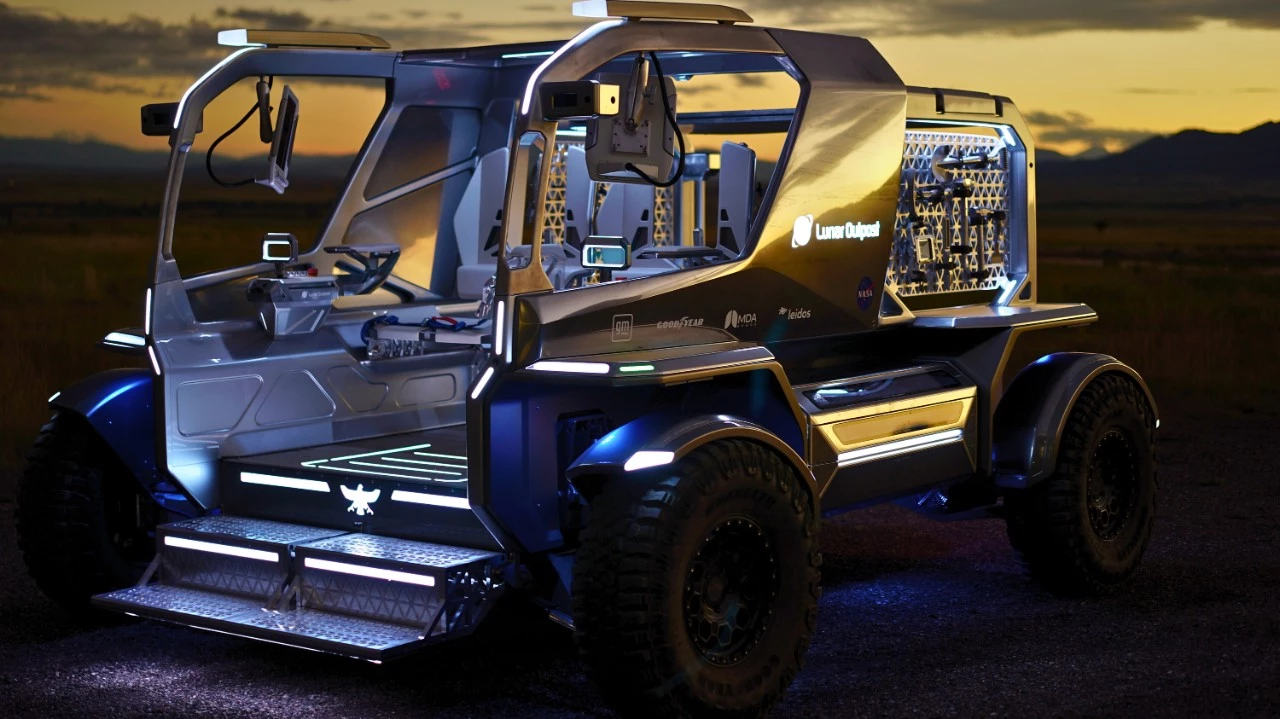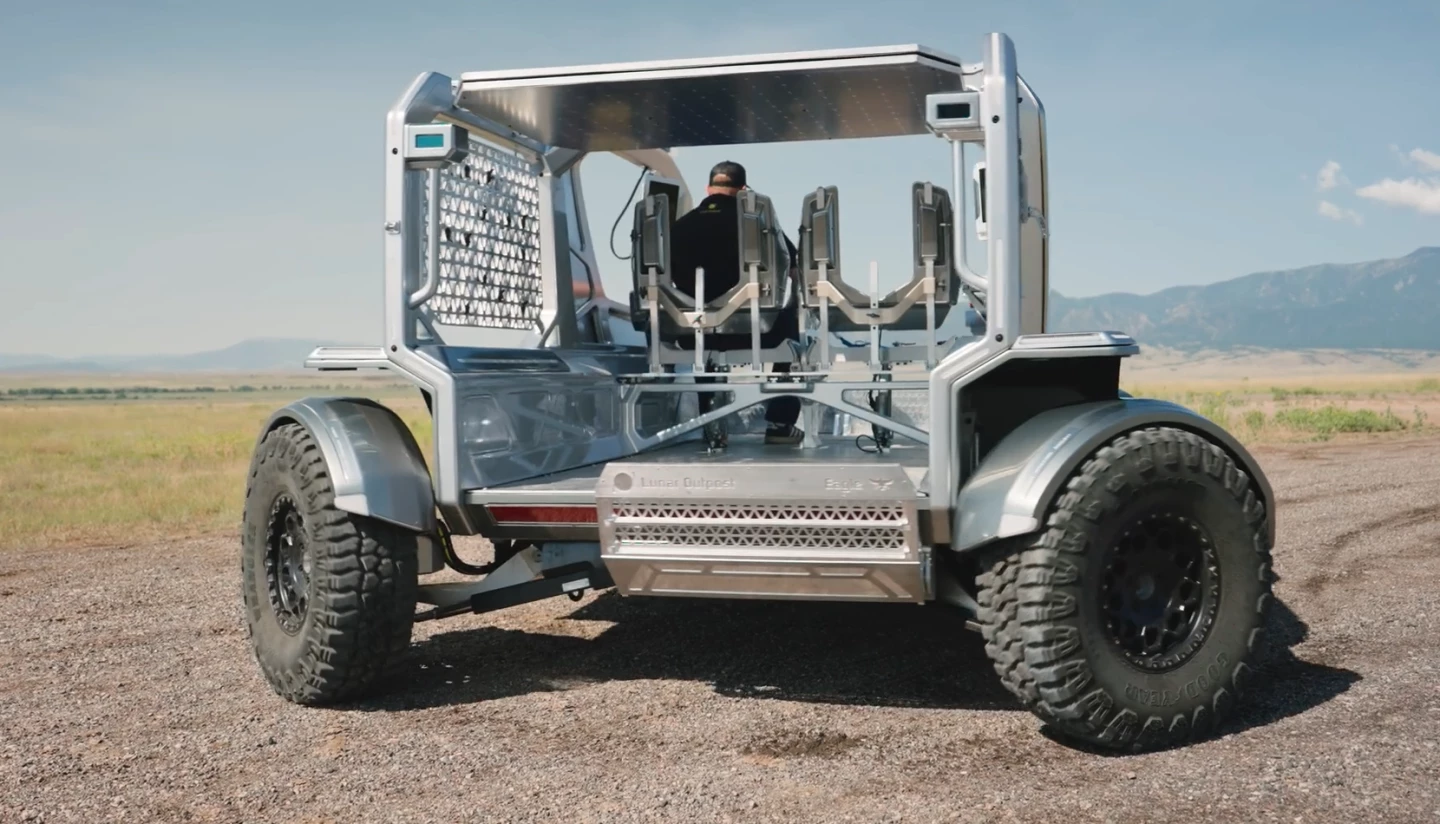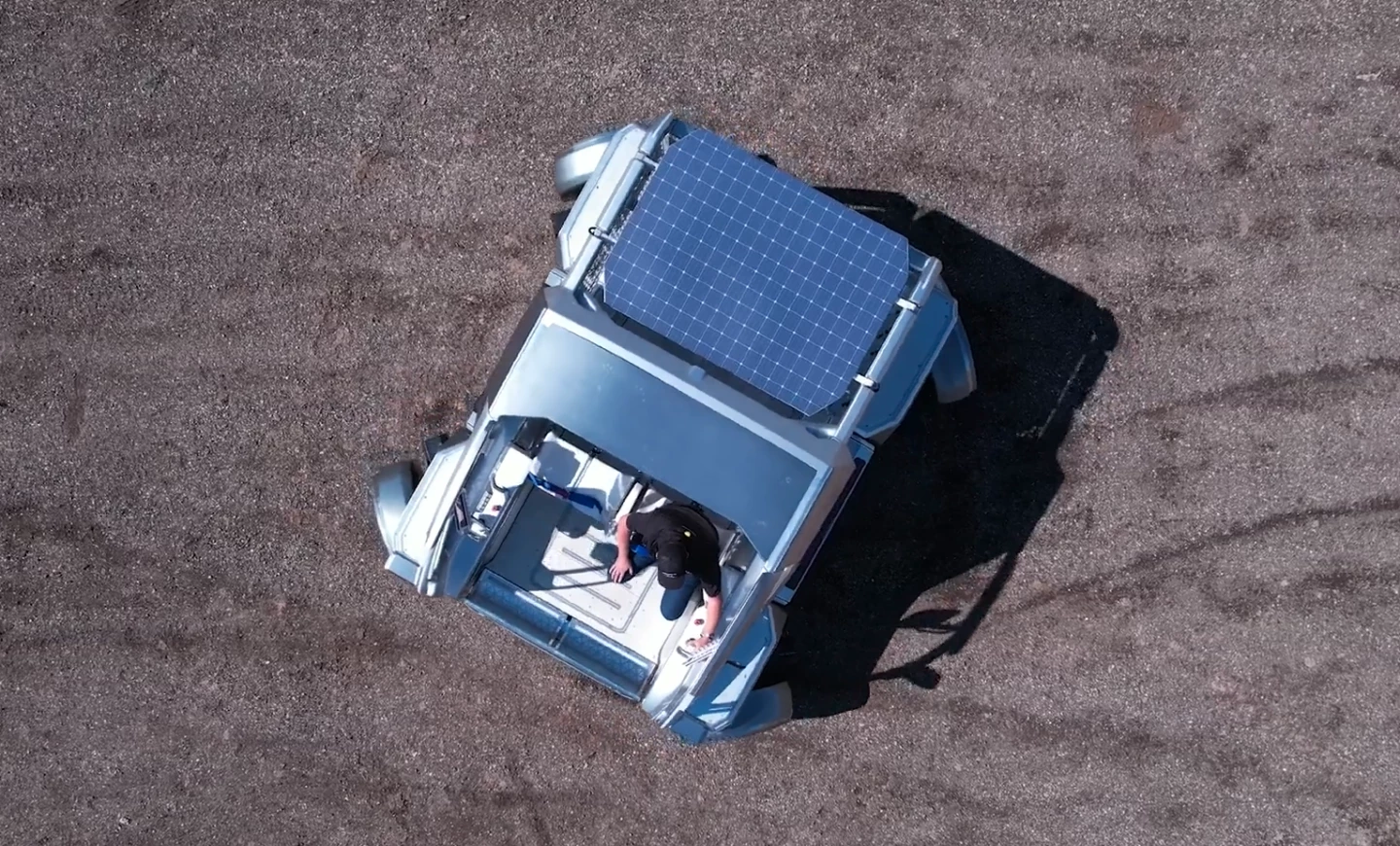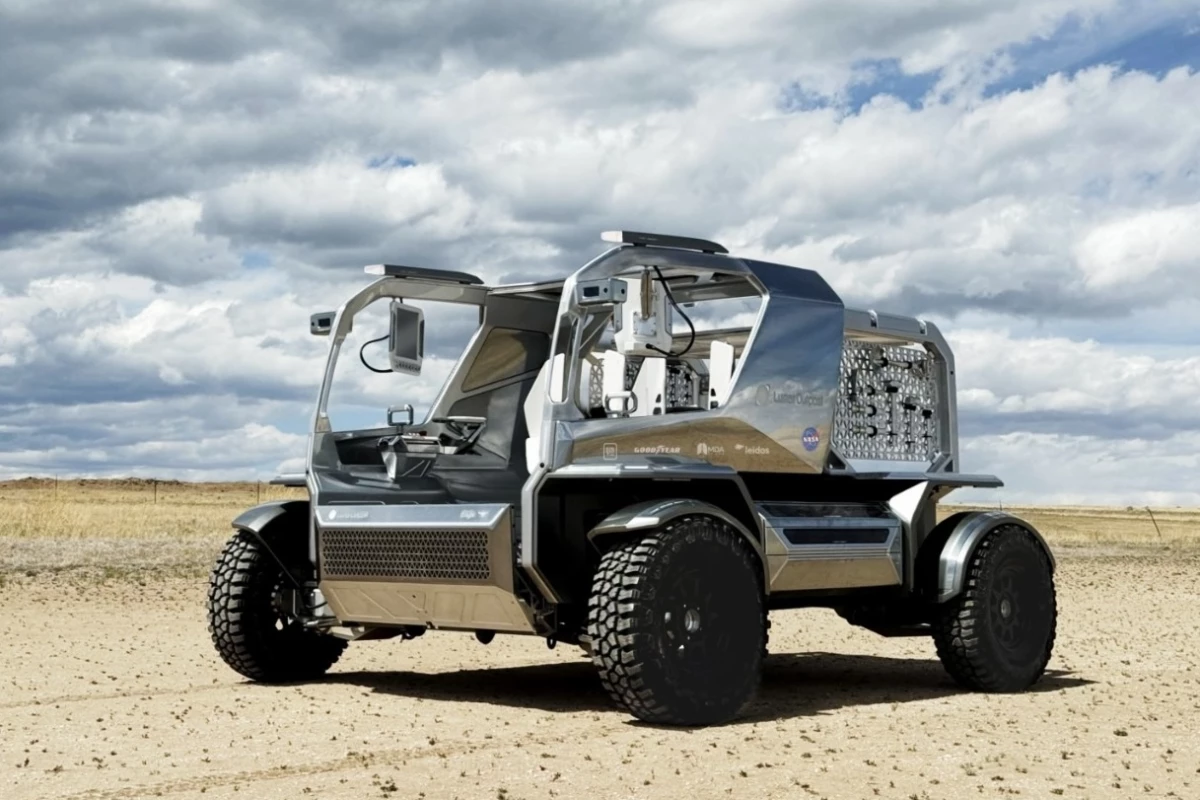It’s hard to think of a more challenging environment for an automotive battery than the surface of the Moon, and preparations for NASA’s Artemis program give us a chance to contrast the pioneering technology of the 1970s with where we are 50 years later.
Artemis – named for the Ancient Greek goddess of the Moon – is a multi-stage project that aims to build a Moon-orbit space-station that will support crewed expeditions to the Moon’s south pole. For Artemis V, its fifth stage, planned for 2030 or later, astronauts are to have on hand an open buggy that can carry them across the lunar surface while suited up.
Three consortiums are competing to supply the buggy, dubbed the Lunar Terrain Vehicle (LTV), a contemporary version of the Lunar Roving Vehicle first deployed with the Apollo 15 mission in 1971. One, Lunar Outpost, is drawing on automotive giant GM for its battery, chassis and autonomous control elements, and GM recently previewed how it will meet NASA’s battery demands.
It's eye-opening to recognize that the battery powering the original Lunar Rover was a throwaway item, not rechargeable when it ran down. That limited the Rover to a 57-mile (92-km) total range, which the Apollo 15 crew shared with the two missions that followed it.
The LTV will bring a much better return for the effort expended in getting it to the Moon, offering astronauts the sort of utility you’d expect from a terrestrial car. Its rechargeable battery pack is expected to serve for 10 years and give it a lifetime range of at least 19,000 miles (30,000 km). That’s a lot of utility for a vehicle with a targeted top speed of 15 mph (25 km/h) that is expected to travel mostly at under 9 mph (14.5 km/h) due to the low-grip, low-gravity conditions in which it will be working.

Ten years on the Moon exposes the battery at fortnightly intervals to extremes of heat and cold, with temperatures during the lunar night dropping as low as -334 °F (-173 °C) and staying near that extreme for two weeks. Given that solar recharging won’t be an option during those periods, it needs sophisticated insulation and the capacity for extended self-heating.
The battery also needs to be very reliable. The buggy is intended for near-base journeys, functioning much like the Korean War-era Jeeps that some of us will be familiar with from the movie and long-running TV series M*A*S*H. But the Moon is the last place you’d want your car to break down, even near home.
GM isn’t shooting for an all-new battery composition to meet these demands, instead adapting its latest design from terrestrial car and truck batteries. It says the Lunar Outpost LTV concept will be powered by lithium-ion batteries with high-nickel NCMA (nickel cobalt manganese aluminum oxide) cathodes, and that they will be built into the LTV’s chassis to optimize its center of mass. It's a variation of the chemistry used in all contemporary GM EVs, including the GMC Hummer EV and Chevrolet Equinox EV.
To give the batteries the extraterrestrial robustness they'll need for exploring the moon, GM will build them to be fault-tolerant – they will continue to operate in the event some cells fail – and will add heating elements and considerable thermal insulation.
To maximize reliability, the batteries are being developed with what GM’s battery and system architecture manager Madhu Raghavan describes as "super-precise laser welding" and "flash thermography" scanning to assess every weld precisely and prevent defects. The scanning technology was originally developed for batteries in Earth-bound EVs.

Beyond sharing similar battery technology with the Hummer EV, Lunar Outpost's LTV design is incorporating off-road driving technology from GMC's e-4x4 toward more proficiently navigating the Moon's surface of packed dust, sand, pebbles and other variable, unpredictable terrain.
"GMC Hummer is a super truck, and this is a super truck for the Moon," Matt Nassoiy, program engineering manager for GM’s work on the lunar project, said in an update last week. "It has many of the features of the Hummer but adapted for a more extreme environment."
For torque-vectored wheel control, traction management and precise maneuverability, the Lunar Outpost LTV is powered by four electric motors, one more than the Hummer EV itself. It will also incorporate some Hummer EV features, like Crab Walk, while the extra motor and increased level of individual wheel steering will enable additional capabilities like zero-point turning.

The LTV has been developed for easy access and control by people in spacesuits, but it’s expected that mostly it will drive itself with minimal supervision, or will be controlled by a driver on Earth. It will utilize various sensors for this purpose, including LiDAR, radar and high-res cameras.
“We try to keep the [astronauts'] cognitive load as low as possible," Nassoiy's colleague Dave Robinson notes. "It has to be easy to drive, and the vehicle has to be stable."
There are plans to follow the LTV’s deployment with a Pressurized Rover, which could support astronauts over longer journeys. NASA sharpened its focus on revisiting the Moon in its budget request for next year, proposing a US$7 billion boost for lunar and Mars exploration despite an overall 24% budget contraction.
A decision by NASA on which of the three LTV designs is adopted is expected this year. Artemis V is expected to be the third crewed lunar landing of the Artemis series, and the first to supply the astronauts with a vehicle.
Source: General Motors







